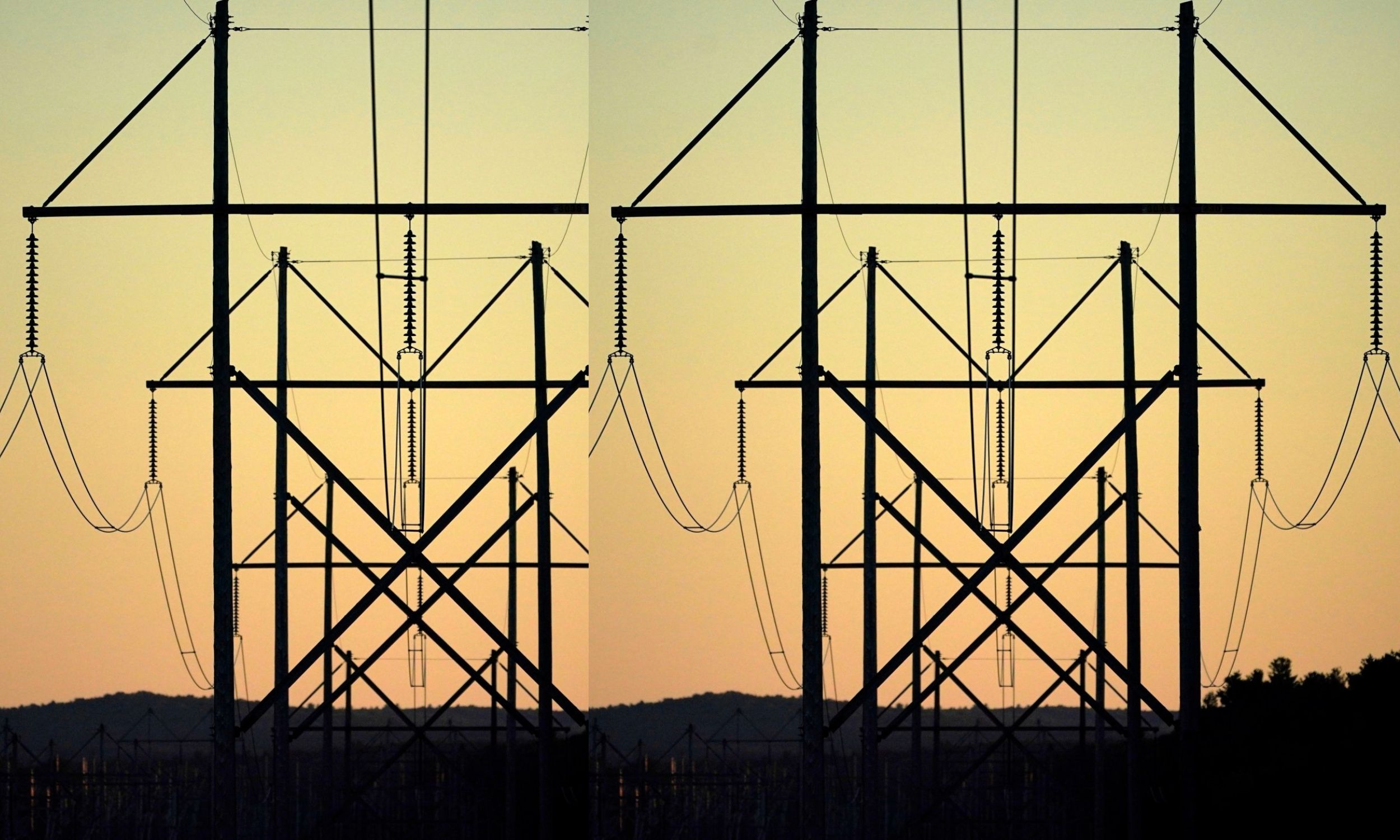A crucial milestone in the quest for a sustainable energy future was achieved on Monday as federal energy regulators greenlit a groundbreaking rule to streamline the integration of renewable energy sources into the national power grid.
This landmark decision marks a significant step towards realizing President Joe Biden’s ambitious vision of a carbon-neutral economy by 2050.

The newly approved rule, the culmination of two years of meticulous development, is designed to revitalize the nation’s aging power infrastructure to meet the escalating demands of a rapidly electrifying society.
The rule’s implementation is timely, as the power grid faces unprecedented pressure from the proliferation of data centers, electric vehicles, and buildings, as well as the burgeoning adoption of artificial intelligence.
Compounding these challenges is the ongoing retirement of coal-fired power plants, which are struggling to compete with natural gas and other energy sources amidst stringent federal pollution regulations.
This perfect storm of factors has raised concerns among experts about the potential for an electric reliability crisis. Furthermore, the grid is increasingly vulnerable to disruptions caused by extreme weather events exacerbated by climate change.
The Federal Energy Regulatory Commission (FERC) approved the rule with a 2-1 majority, with Chairman Willie Phillips and Commissioner Allison Clements voting in favor. Commissioner Mark Christie, the lone dissenter, criticized the rule as an unfair advantage for solar and wind power operators. Despite this opposition, the rule’s passage represents a crucial victory in the transition to a more sustainable and resilient energy landscape.
